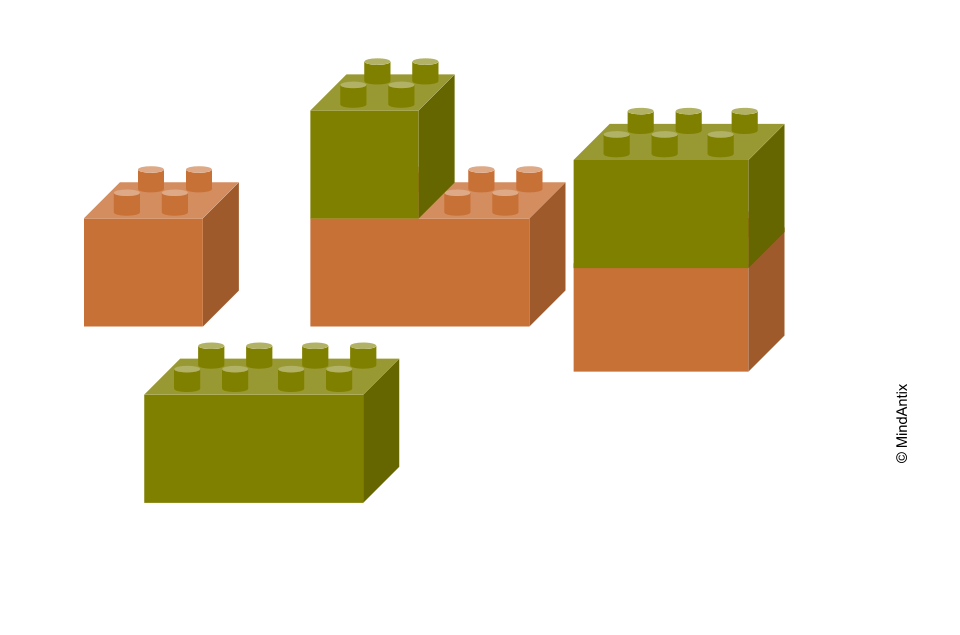Some of the most groundbreaking innovations didn’t get their start from a serious effort to solve a problem but from much more frivolous, playful ideas. After the first music boxes were invented, people got interested in making programmable music boxes that could play different music when the cylinder was replaced. But this basic idea – that the behaviour of a machine could be changed – became the catalyst for more serious inventions like the programmable Jacquard loom and the general purpose computer.
Most people tend to dismiss play as childish and silly. However, a playful approach to problem solving can bring out fresh, creative ideas that may not have surfaced otherwise. Not all environments encourage play, though.
Mitchel Resnick, Professor and Director of the Lifelong Kindergarten group at MIT, uses the metaphor of playpen vs playground to differentiate the different kinds of play they support. A playpen is a restrictive environment where children have limited opportunities to explore, whereas a playground promotes open exploration, problem solving and creativity.
So how does one create a healthy playground? Here are a few ways to promote play in student work.
Tinkering
Environments that support guided and open exploration have been found to be more effective in student learning. To allow for more tinkering, allocate time during projects for students to explore different ideas or directions to pursue, even if most of them don’t lead to any success. Similarly, allocate time for students to iterate after they have chosen an idea and started developing it more. Asking students to explain the thinking behind their ideas also helps them discover shortcomings that they can improve as they iterate. The focus during tinkering is not to judge ideas, but simply to understand and help students elaborate the idea in as much depth as possible.
Social Interaction
Most play has a social element that allows ideas to be exchanged freely. Creating a space and time where students can explore others’ work and bounce ideas off of each other also helps in improving creativity and learning. The best ideas in a group setting tend to filter to the top and get incorporated by different teams. While this may feel like “cheating”, it’s how most innovation works in real life – by merging bits and pieces from others into your own unique creation.
One way to increase healthy social interactions, is to teach students how to critique others’ ideas and allow them to suggest constructive improvements to other projects. When done well, this builds both social cohesiveness as well as critical thinking.
Intrinsic Motivation
Creativity flourishes in environments that foster intrinsic motivation and suffers under extrinsic motivation. When students are intrinsically motivated they are more likely to explore and take risks. A focus on grades or scores can push students from intrinsic motivation to extrinsic motivation. Instead of external grades that evaluate project work, use self-evaluation forms so students can assess for themselves what aspect of their project could stand to improve.
Play can be a powerful way to bring out student creativity and enhance learning. By creating a low stress environment where students can freely explore their own ideas and share with others, some of the beneficial aspects of play can be incorporated into student project work.

